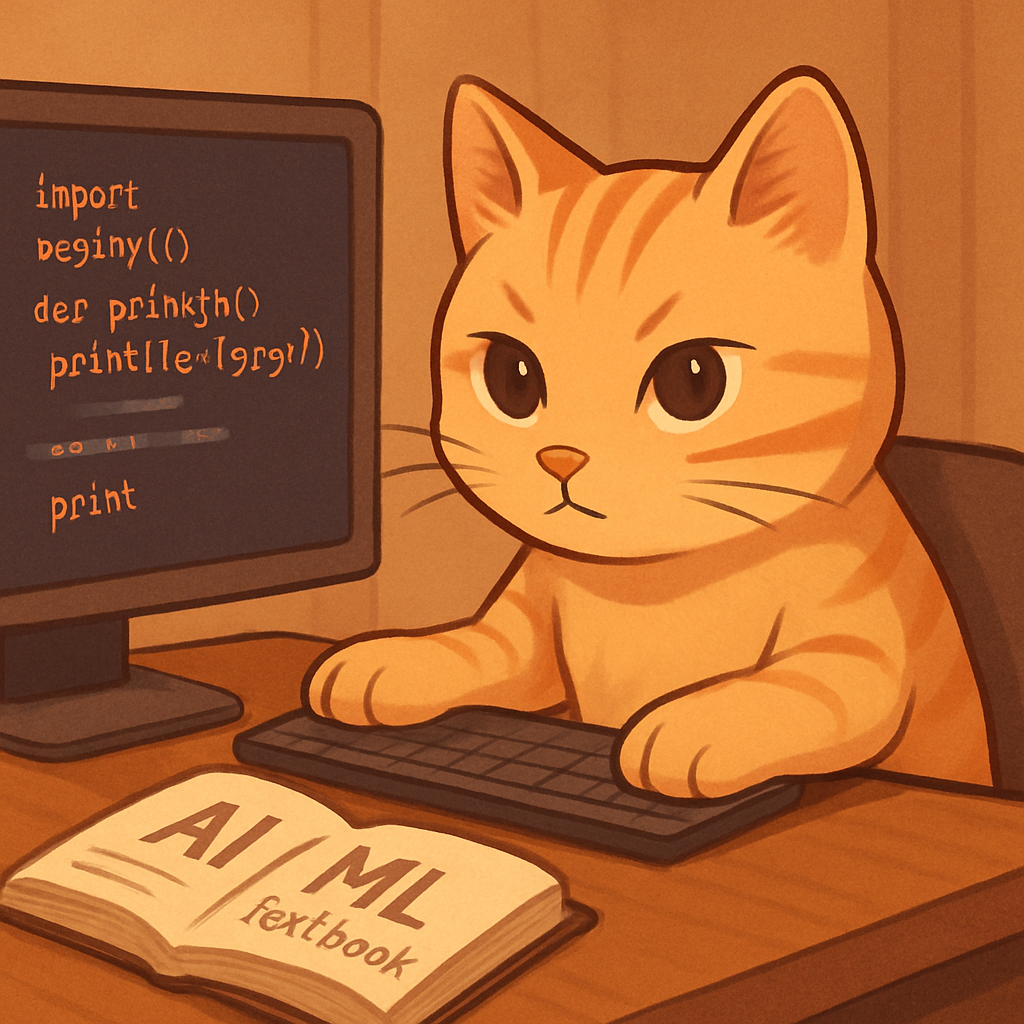Processing Input with Lists and Dictionaries in Python
Why I studied this
I wanted to learn how to collect user input, store it in lists or dictionaries, and use it to calculate things like averages or wages.
This is a basic skill needed for any program that works with data.
What I did
Gender and Salary: Calculating Averages
employeeList = []
for i in range(10):
employee = {}
employee["gender"] = input("gender: ")
employee["salary"] = int(input("salary: "))
employeeList.append(employee)
male_total = 0
female_total = 0
male_sum = 0
female_sum = 0
for employee in employeeList:
if employee["gender"] == "m":
male_total += 1
male_sum += employee["salary"]
else:
female_total += 1
female_sum += employee["salary"]
if male_total > 0:
print("Male average:", male_sum / male_total)
if female_total > 0:
print("Female average:", female_sum / female_total)
I stored each employee’s gender and salary using a dictionary inside a list, and then calculated the average for each gender.
Student Grades: Total, Average, and Letter Grade
studentList = []
for i in range(3):
student = {}
student["name"] = input("name?: ")
student["kor"] = int(input("Korean?: "))
student["eng"] = int(input("English?: "))
student["mat"] = int(input("Maths?: "))
studentList.append(student)
for student in studentList:
student["total"] = student["kor"] + student["eng"] + student["mat"]
student["avg"] = student["total"] // 3
for student in studentList:
if student["avg"] > 90:
student["grade"] = "수"
elif student["avg"] > 80:
student["grade"] = "우"
else:
student["grade"] = "미"
I used a dictionary for each student to store their scores and calculate total, average, and grade.
Weekly Wages: List vs Dictionary
Using dictionaries
personList = []
for i in range(2):
worker = {}
worker["name"] = input("Name: ")
worker["work_time"] = int(input("Hours: "))
worker["per_pay"] = int(input("Wage: "))
personList.append(worker)
for worker in personList:
worker["pay"] = worker["work_time"] * worker["per_pay"]
print(worker)
Each worker’s data is stored in one dictionary inside a list. It’s clean and easy to use.
Using parallel lists
name_list = []
time_list = []
wage_list = []
for i in range(5):
name = input("name?: ")
name_list.append(name)
for name in name_list:
time = int(input("time?: "))
time_list.append(time)
for name in name_list:
wage = int(input("wage?: "))
wage_list.append(wage)
for i in range(5):
print(name_list[i], time_list[i], wage_list[i], time_list[i] * wage_list[i])
This works, but it’s harder to track and link the data. Using dictionaries makes the structure clearer.
What I learned
- Lists can store multiple items, and when combined with dictionaries, they can store structured data.
- Dictionaries are better when data has labels like name, score, or gender.
- Input-processing is easier and clearer with dictionary-based structures.
What I want to do next
I want to try reading data from a file, and practice combining list/dict with conditionals and loops to make small apps.
